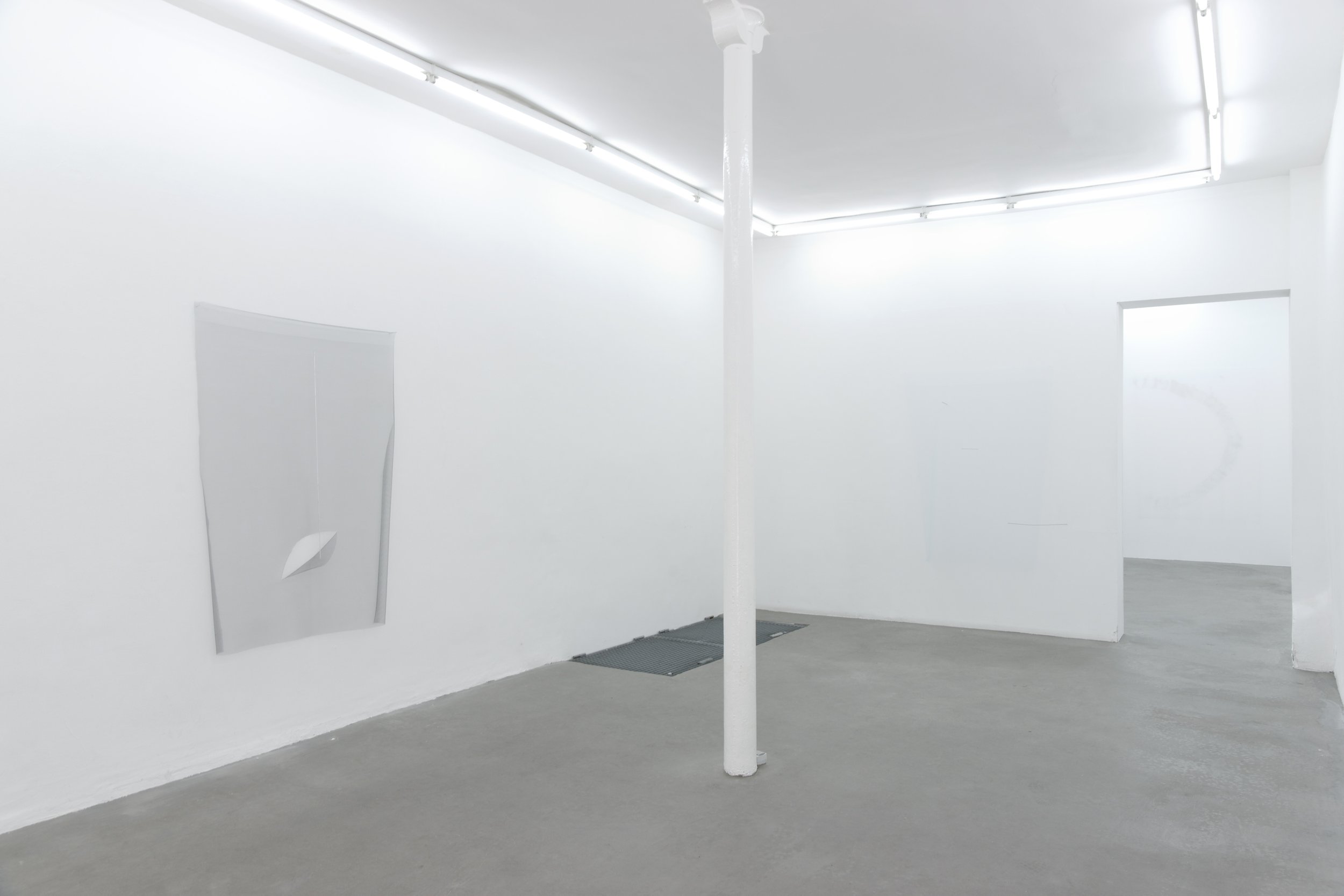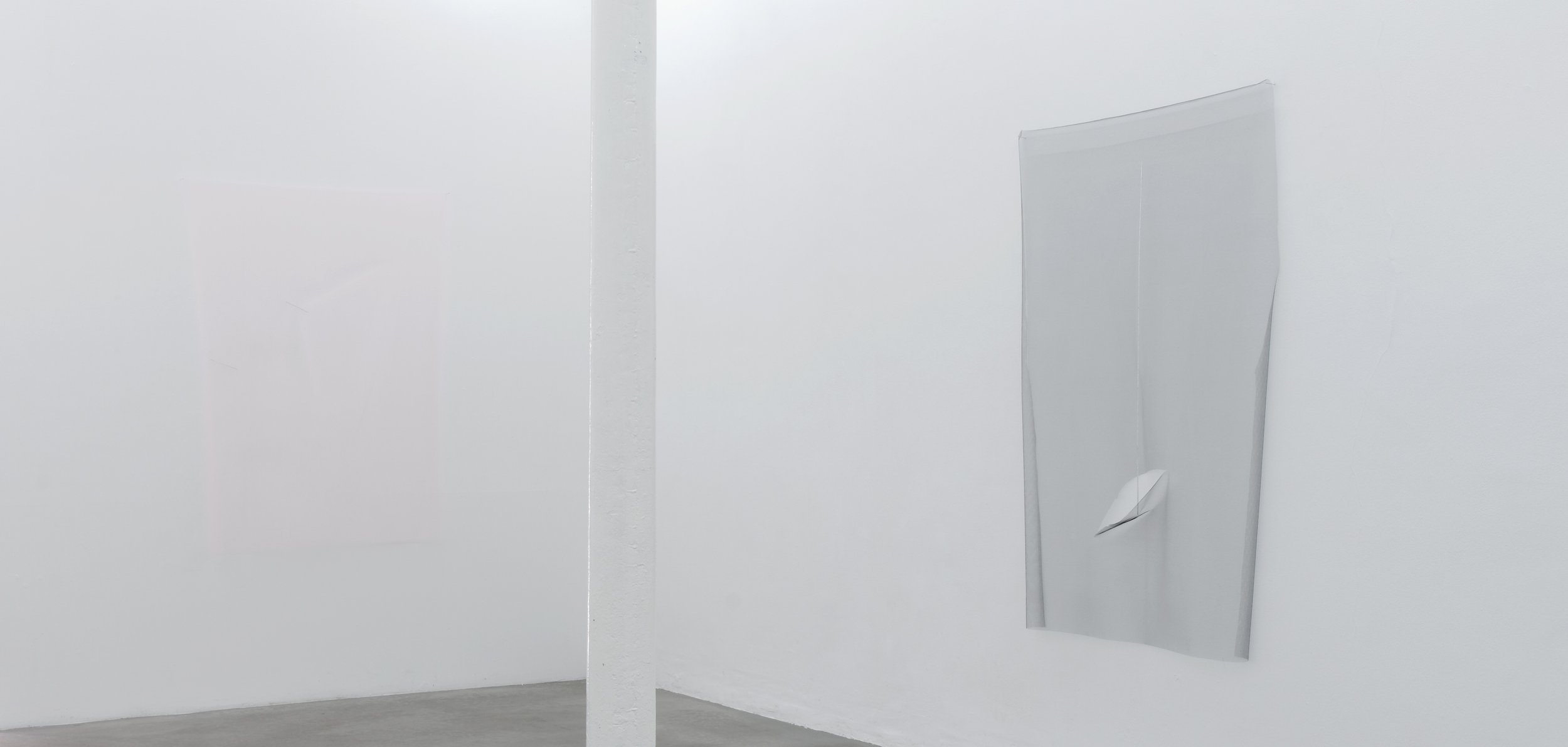
SCHLEICHER/LANGE PARIS
MITZI PEDERSON
24 May, 2012 - 23 July, 2012




-
One of Mitzi Pederson’s talents is her ability to enchant us with minimal poetic gestures: often produced in situ, her sculptures convince by way of their reduced spatial interventions and invite us to meditation. By using light, scarcely visible materials—in this case tulle, small sticks of wood and only a few spots of paint—she moves along the line between visibility and invisibility, sculpture and painting. As Claire de Dobay Rifelj writes, “An installation of Mitzi Pederson’s sculptures carries an aura of stillness and a subtle, humble energy. Building on the post-minimalist practices of artists of the late 1960s and 1970s, such as Richard Tuttle and Eva Hesse, Pederson works with banal, everyday materials, often on a small and intimate scale.”
For this solo show at SCHLEICHER/LANGE in Paris, the American artist has discovered tulle as a material. She stretches it like a canvas, mounts the material on the wall, and combines the fine textile with other materials such as small wooden sticks to create delicate sculptures: “Tulle is a new material for me. About a year ago I recognized that I could potentially use it for making art. Upon further exploration, I came up with a number of possibilities. I was drawn to the material mainly because of its transparency, its lightness, and its durability for being something so ‘light.’ I was interested in playing with painting, but also curious to see if the material could function in a sculptural sense as I was drawn to how the folds and bends played so much with light and form.”
The new works by the artist explore the fabric of tulle, which became famous during the nineteenth century, named after the French city and region Tulle, to create subtle sculpture or screens. Especially when light falls onto the textile meshwork, the sculpture of the material and the shaping of the volumes by the artist results in delicate forms and bulges on the wall.
Mitzi Pederson plays with small wooden sticks to create figures out of the fabric, and to separate the fabric from the wall. The artist says that they operate like “three dimensional lines,” to finally produce something like “spatial drawings.” In so doing, little spots of paint serve as a material for the paintings. It is their contours that ultimately cast slight, barely visible shadows on the white gallery walls. At issue for the artist is exploring our perception and focusing on it. It is as if the painting or very reduced sculptures float in the space. The tulle screen has the tendency to disappear and in so doing the beholder finds him/herself in the midst of a game of presence, absence, invisibility, and sharpened perception.